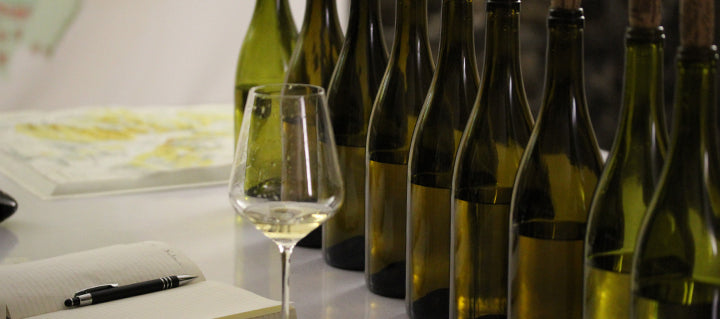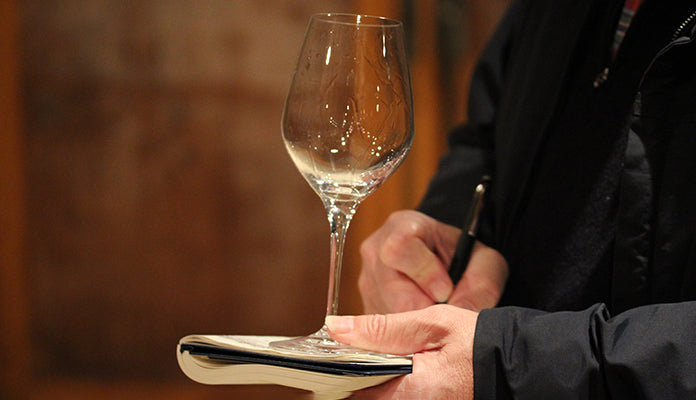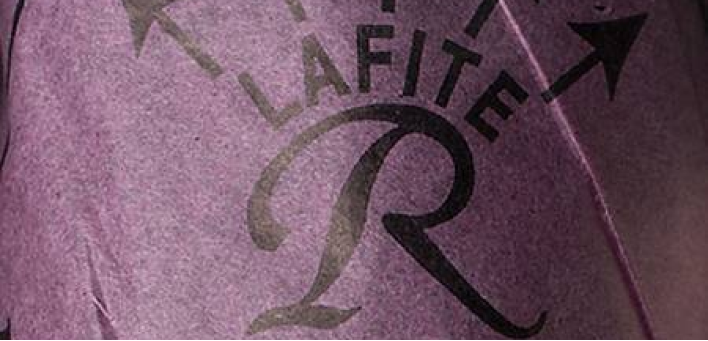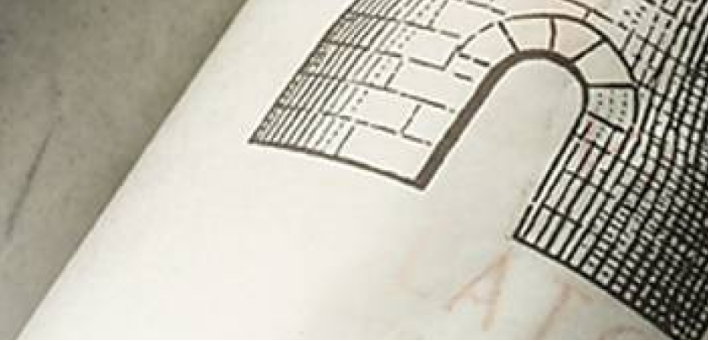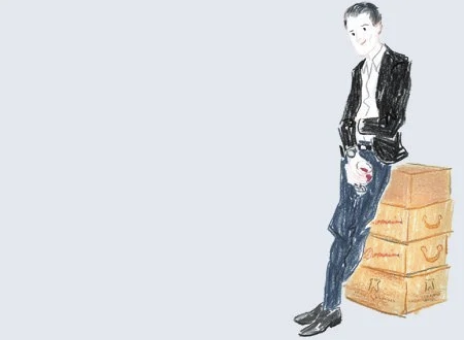burgundy 2021 | bright, fresh and energetic
The 2021 growing season was a year like no other. Talking to any of the senior growers, such as Justin Girardin’s father who has worked 46 vintages in Santenay, or Olivier Lamy’s father, Hubert, who lived through 78 vintages*, never has there been a frost in their lifetime which has impacted a vintage so greatly and in so many ways. The root of the problem goes back to climatic conditions at the beginning of the year. There has been a growing tendency amongst the current generation of vignerons to prune earlier than in the past.
In part this is practical: if you have a large domaine, it is totally unrealistic to wait until the new year to start pruning. It is a skilled job and one that cannot be contracted out, so, to cover all their land, the larger estates have to start pruning well in advance of Christmas.
Early pruning also advances the vines’ development, firstly budding and then in turn flowering and finally harvest dates. It enables fruit to ripen earlier and achieve maximum ripeness during a long growing season, and is one of the key reasons why we have had so many consistent and fully mature vintages in recent years, with wonderful fruit quality.
*It is with huge sadness that we report that Olivier Lamy’s father, Hubert, died the day after our visit following a short illness with cancer. He was a true figurehead for the village of St Aubin who will be greatly missed by his family and all who knew him in the wine trade.
In 2021 however, a combination of these pruning practices and a freak week of 25°C conditions the week of 15th March meant that the vines, particularly Chardonnay, got over excited and started their budding almost a full month ahead of the norm. The result was that when the “winter frost” arrived the beginning of April, the vines had nowhere to hide. Unlike spring frosts, which sit on the lower ground, a winter frost covers the whole area above ground and also the higher land on the slopes of some of the very best appellations.
Traditionally growers are very relaxed about such a frost in early spring, as it comes well before the vines have started budding or developed any vegetative growth. However, in 2021, this was not the case.
Moreover, it hit many of the more prestigious vineyards: the better placed and warmer sites were naturally more advanced in their budding than vines in the cooler areas and on the plains and lower slopes. Temperatures went as low as -7°C and almost all forms of frost protection were rendered useless. Wind turbines and helicopters found no warm air to circulate, and candles, whilst offering some protection, cost around 4000 euro per hectare, making them a realistic option for wealthier domaines only. Even then, availability of the candles in sufficient volume was difficult to source. The attack was further compounded by snow on a second night of cold weather, accentuating cold and freeze. When the sun finally did come out, the ice around the buds acted as a magnifying glass, scorching many of the remaining buds that had not yet been touched.

At the end of our week, Marion Javillier spoke of a devastation never seen before: “we were totally traumatised and so too were the vines!”. The vines were stressed and went into a self-imposed recovery mode for a full 3 weeks. All vegetative growth stopped, and at that stage, it was impossible to gauge the full effect of these frosts. When growth finally did recover, it was clear how few areas had escaped, with few buds remaining on the majority of vines. The earlier budding Chardonnay bore the brunt of the damage. Meursault seems to have been worst affected, with some mid slope sites losing almost 90% of their potential fruit. Saint Aubin and Puligny Montrachet were not far behind, however, in reality, the whole of the Côte de Beaune has seen a reduction of at least 60% for their Chardonnays and in many cases, much more. In Chablis, again, it is all about location. Historically as an appellation it is a week or two behind the Côte d’Or, and whilst the impact was a little less, we can expect reductions of around 50% from the majority of our growers. It appears as if the later developing Pinot Noir in the Côte de Nuits may have been less affected, but we will know more after our tastings in November.
The early summer months of June and July were, in vigneron terminology, “humid”. It was vital to be vigilant, and there was a requirement for a great deal of time and work amongst the vines to offer the maximum amount of protection against the risks of disease. As Vincent Rapet said, the vines were still stressed so they needed as much help as possible as they got back on track. For many growers such as Bruno Colin, pragmatism came into play, and they reverted to more traditional disease fighting treatments, rather than risk losing an entire crop by following his preferred organic practices. Just about every grower talks of the trauma of the year for them personally.
The weather conditions demanded some of the most intensive work in the vineyards experienced by any generation. This work was twofold and at times not necessarily rewarding. Firstly they had to manage the current years harvest knowing there was next to no produce. Secondly, they had to manage the subsequent group of buds which emerged a month after the frosts, knowing they wouldn’t produce any fruit for the 2021 harvest: however, it was crucial to protect these shoots, as they would bear next year’s crop. To manage the differing stages of shoot development, they were doing almost daily passes through the vineyards from June onwards: time consuming and hugely intensive.
In August drier summer days arrived, but the days remained relatively cool with temperatures peaking around 28°C. Ripening took a little longer than some years, and what in mid March looked set to be an August harvest ended up with growers starting around 15th September, completing comfortably by the end of the month in most cases, particularly as there was so little fruit to gather. For example, Jean-Philippe Fichet’s normal harvest of 10 days only took 5 this year!
Our initial focus has been on the white wines. Stylistically, they can be characterised as very traditional, and as Jacques Carillon says, possibly recalling the wines of some of the vintages of the early 2000s . They represent a cooler year, however I have been very impressed by the clarity, purity and cleanliness of the fruit. The flavour profiles are in general citrus fruits, with striking terroir identity. This is said with a slight caveat, as some of the excessively affected vineyards with very low yields can revert to more tropical characteristics, the natural impact of such low yields. They have a good balance, a bright freshness, with alcohol levels between 12.5% and 13%. A more forward drinking style which will give a lot of pleasure.
Many of the growers have not finalised their prices. In view of the size of the crop they will inevitably go up, however, with the more generous 2022 harvest now gathered, hopefully they will be tempered to a degree. After all the stresses and strains of the year, 2021 is a vintage of which the growers should be rightly proud of. To sum up, 2021 in the Côte de Beaune has brought small volumes of white wines with a fine terroir identity and vigour.


